10 Things Your Diesel Customer’s Oil is Trying to Tell You
Not only does oil lubricate as a means of controlling friction but also has to control contamination, temperature, corrosion, shock, wear, and pressure. Oil analysis is the only true way to put a set of “eyes” on the engine’s condition and the condition of the oil as to when it should be changed.

Test Procedures Prove Race Oils Have Differences
One of the premier racing oil developers finally took the time (18 months) and spent the money (megabucks) to quantify the performance differences between various oil products.

Immovable Objects & Irresistible Force
Today’s tractor pulling might hardly be recognizable to farmers of yesteryear, but the premise is the same. Who can do the most work with the biggest tractor in the shortest amount of time. But really, can what these guys do with the monster machines they create really be called work?

Aluminum SBC Cylinder Heads
A lot has changed in the performance cylinder head market since my last head story in EB in 2010. First of all, 600hp is the new 500hp, and if a power adder is involved, you’d better be packing 800hp to have any bragging rights at all.
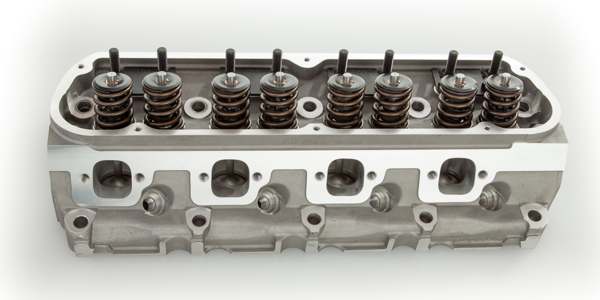
Worried About Shop Safety? OSHA Tells Why It Matters
Employers are required to provide their workers with a workplace free of serious hazards. Employers must also follow OSHA safety and health standards and they have a duty to find and fix safety and health problems.

Camshaft Selection
“What camshaft should I use?” How many times have you been asked or heard that question uttered? Why is it so difficult to choose the “correct” camshaft for an engine build? What separates one camshaft design from the other? After all, isn’t it true that a camshaft opens and closes valves? Simple, right? Well let’s
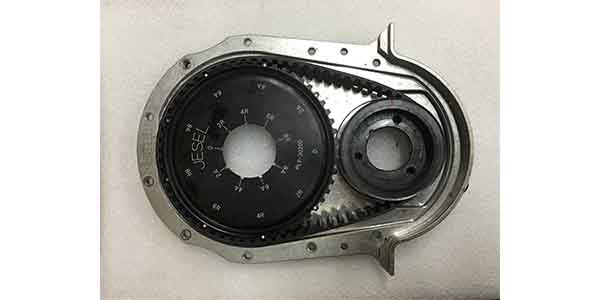
Racing Rods – Engine Builders Have Options
Choosing a set of connecting rods is one of the critical steps in a performance engine build. The rods have to be strong enough to handle the anticipated speeds and loads, but also affordable for customers who have a limited budget. Most stock rods in late model engines can safely handle 400 to 500 horsepower.
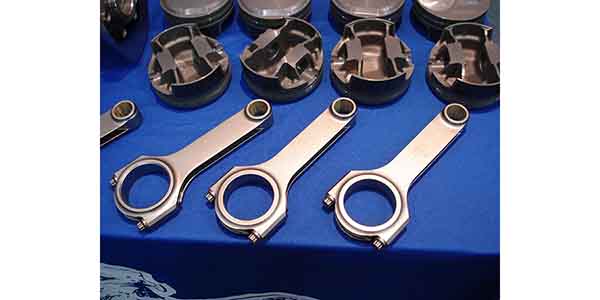
Surfing Safari – How Today’s Wake Surfing Craze Can Be Killing Marine Engines
According to some experts, wake surfing has become one of America’s hottest sports. For those of you who are actively involved in building engines for pavement or off-road racing, marine motors may seem to be either an obstacle or an opportunity – and you would be right in both cases. Wake surfing is the practice
High Performance Engine Bearings
Building a high performance engine is always an adventure. You never know how much horsepower and torque an engine will make until it’s on the dyno. And you never know how well the engine will hold up until it is put to the test on the strip, race track, street or water. The bearings that
Pistons and Rings – The Technical Price for Horsepower
Pistons and piston rings have been a hot topic of discussion among engine builders. At some point in our past, it seems as though there have been some piston shape and design changes along with some applied thermal and friction coatings – the same can also be said for piston rings. Piston rings seem to have become smaller with different shapes, finishes and coatings.
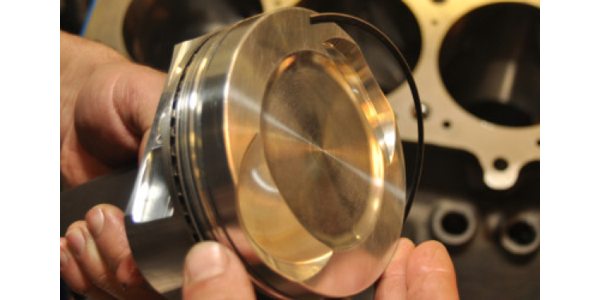
Valves and Valve Seats – There’s More than Meets the Eye
The valves and seats in an internal combustion engine play a central role in engine breathing, compression, performance and longevity. It doesn’t matter if an engine has two, three, four or even five valves per cylinder or if the engine is gas or diesel because the valves all do the same thing: they open and close to allow air into the cylinders and exhaust to exit the cylinders.
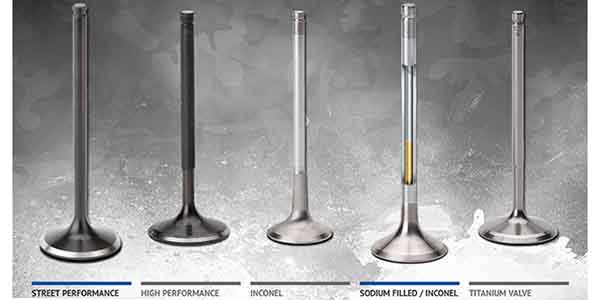
The Key to a Productive Test Cell – What you need to know about engine test cell support systems to ensure reliability
When it comes to a productive engine test cell, the key might surprise you. While the dynamometer satisfies the core requirements, support systems are especially critical to delivering performance – on top of the fact that these systems can significantly reduce risks associated with health-safety issues. And for OEM dealer and distributor networks where vehicle
